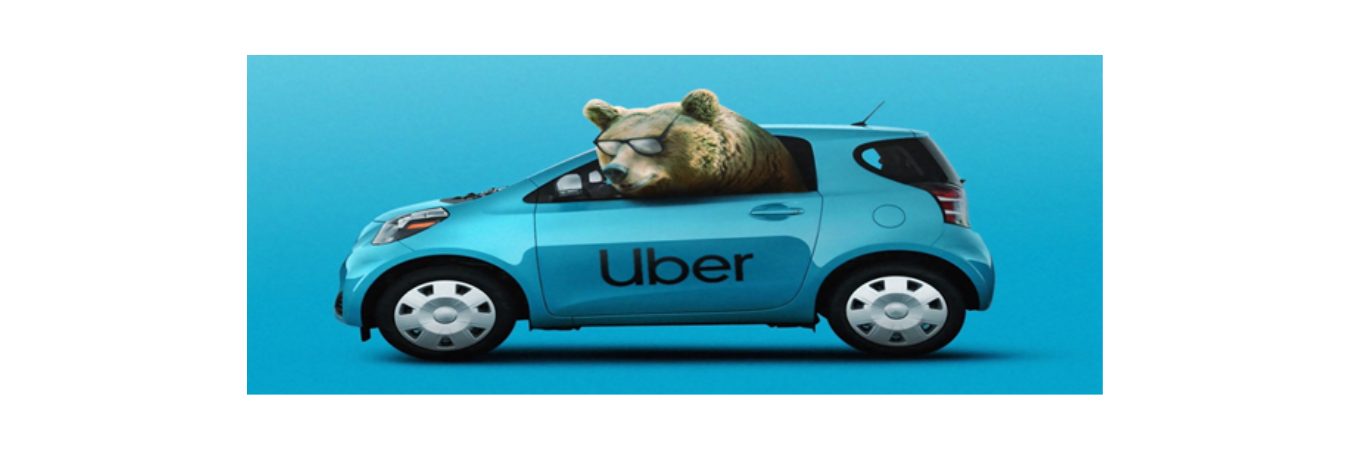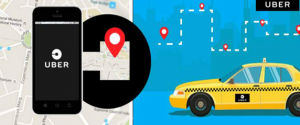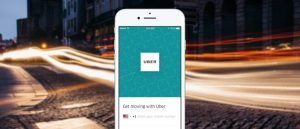As extreme as the title may sound, it makes perfect sense.
Do you also get annoyed when your Uber drivers cancel your trip after asking for your destination just when you are in a hurry? Well, it won’t happen anymore. As unpleasant a feeling as it may be when you are getting late for work, your Uber driver does not wish to travel to your destination even after making you wait. Aiming to cut down on trip cancellation post-booking of the trip and ease users’ woes, on 14th July 2022, Uber announced that its drivers would now be able to see the passenger’s final destination before they accept the ride.
A brand can only hope to enhance its customer onboarding process by listening to what its users say about it. The ride-hailing giant said it had done a pilot project in May, which yielded encouraging results to do away with the trip acceptance threshold. “To enhance transparency and remove frustration for riders and drivers, drivers on the Uber platform across India will now be able to see the trip destination before they decide to accept the ride,” Uber said in a statement. Prototypes and A/B tests are a firm’s friends; they should keep testing, tweaking and optimizing for a continuous improvement approach to customer onboarding. Uber concluded to roll out the update after looking at the feedback received from the drivers.
Onboarding Never Truly Ends
Focusing on the idea of removing obstacles that create indecision, Uber discovered that a sizeable cohort of users frequently chose the wrong option, resulting in higher error rates, lower conversion metrics, elevated churn, and an overall inferior onboarding experience. Uber also performed extensive user research and divided management for mobile onboarding among multiple teams.
Also read: Generating Conversations Can Lead To Generating Conversions For Brands
Uber dramatically improved mid-term and long-term customer retention by removing clutter and simplifying the options available to the user. They did this at the start by requesting the user to input their mobile number and by doing the work of checking if the account already existed. The firm’s example clearly illustrates the importance of simplifying the barrier of ingress for new users. Moreover, an OTP-based login to facilitate ease of doing business on its platform helps drivers log in to the app hassle-free and conveniently without the need to remember passwords or other details.
Easing The Facilities Provided To Employees
Uber also took cognisance of common concerns faced by drivers and provided solutions based on the discussion during the second meeting of its driver advisory council. To help drivers deal with fuel prices, the ride-hailing firm increased their pay by 15 per cent. Moreover, the company has also started compensating drivers when they travel a long distance to pick up riders. The payment frequency, too, has been changed to all weekdays for Uber drivers to receive online payment transfers.
Another essential update that was rolled out a couple of days ago displays the mode of payment. So once the drivers accept the ride, they’ll get to know whether they will be paid in cash or online. Uber also said it is now showing trip destinations to drivers before they accept a ride to enable them to make informed decisions. The move assumes substance as the government recently warned cab aggregators, including Ola and Uber, of strict action unless they improve their systems and redress mounting consumer complaints.
What Can Users Expect From This Change?
The new firm features like upfront destination, long pickup fees, daily payments, cash indicator, and recent fare hikes should address reliability and service quality concerns more holistically while improving the overall experience for users and drivers. In dealing with temperamental issues the riders are facing with driver-partners, the ride-hailing company said it has a clearly defined code of conduct to maintain quality standards on the platform.
India is currently in a crucial phase of its infrastructure, energy, and mobility development, which sets the stage to leapfrog current or existing practices. Being one of the largest global mobility platforms in the world, it allows Uber India to share learnings from one market to another and unlock economies of scale in engineering and operational elements of the business.




















